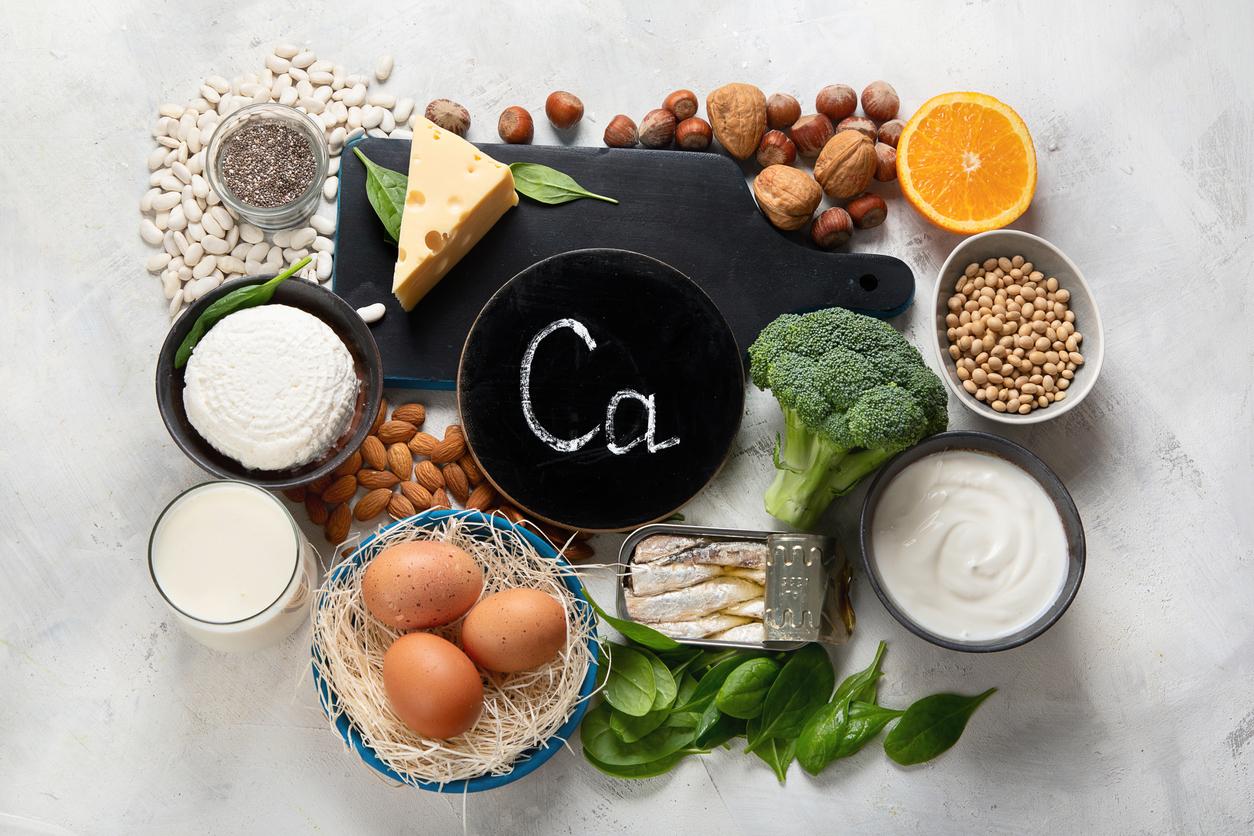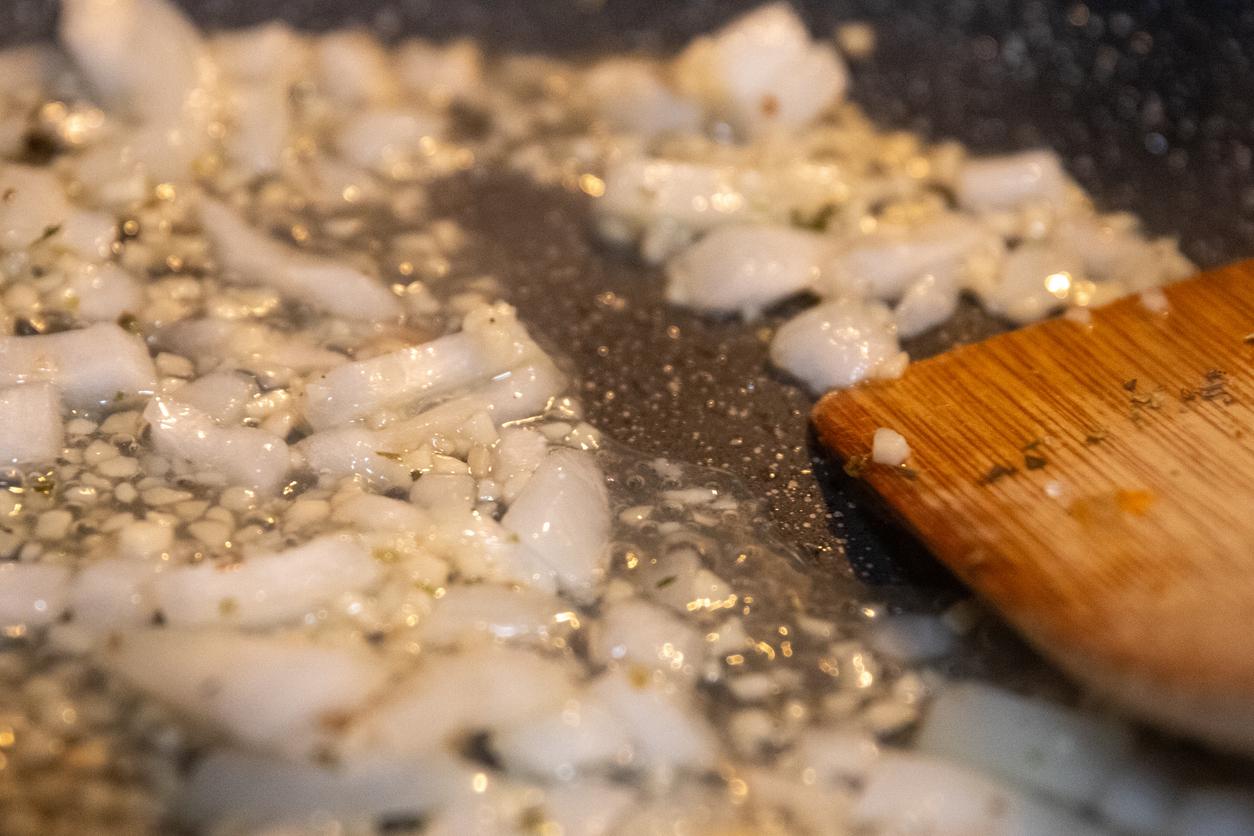The consumption dates for yoghurts could be exceeded for up to 3 weeks without any health risk.

Dairy lovers, rejoice! You will be able to fight against food waste, while saving money! If you are the type to throw away the jars on the very day of their expiration date (DLC), the association 60 Million Consumers would like to reassure you: you still have three good weeks ahead of you to enjoy your yogurt.
Food waste is a global scourge, which suffocates the planet, contributing to the greenhouse effect, without of course the financial burden for households and States. From local communities to individuals, everyone can act. While the causes of this widespread behavior are diverse, overly strict health regulations could play a significant role in industrialized countries.
Limit waste
In 2016, a study published in the journal Science suggested various possible actions to limit the amount of food thrown away, in stores or at home, due to an approaching or past expiration date. Some brands are also playing the game by now offering certain products at reduced prices, including the famous DLC is similar.
And the consumer would have every interest in taking advantage of it. Especially for yogurts. For a long time, the battle rages in front of the refrigerators, where clash those who consider that “a yogurt, as long as it is good to the taste, is not dangerous” and those who empty as it goes. measurement of DLC exceedances.
Regardless of the type of yogurt
Well 60 Million Consumers decided to decide, observing the evolution of sixty yogurts over the days and weeks following their DLC. No jealousy, all types of yogurts have been scrutinized: plain, fruit, firm, stirred, flavored …
Final result: “The yogurts remain of good quality three weeks after the DLC. The pH varies very little and is around 4.3 to 4.4 on average throughout the study, ”concludes the association. At most, a slight acidification was observed for some products. Whether or not they contain sugar does not make any difference. The concentration of bacteria and the absence of pathogen were similar between all products.
Be careful though, we’re talking about yoghurts here, so a milk product containing two ferments (bacterial strains), Lactobacillus bulgaricus and Streptococcus thermophilus, at the rate of 10 million lactic acid bacteria per gram, as provided for in the decree of December 30, 1988. It is better to remain cautious with the other desserts present in the fresh section, of which nothing proves that they can be consumed without risk after the DLC .
.















